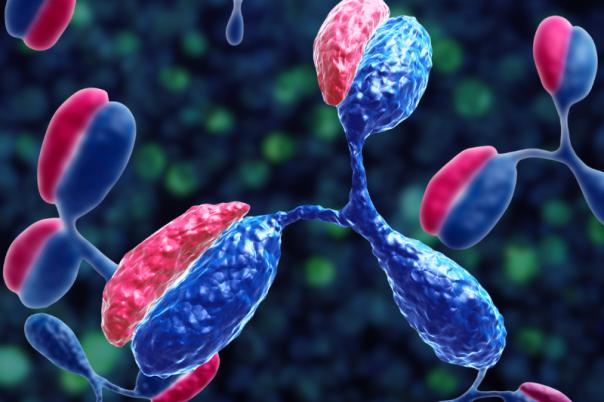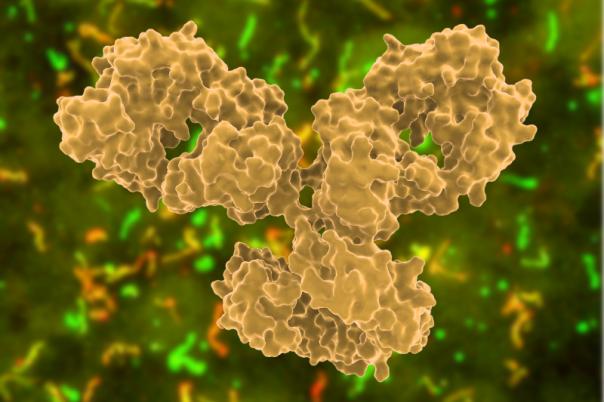Bryce Nelson, Head of Protein and Antibody Engineering at Orion Pharma, gives this presentation on exploring and the mammalian display filter with an eye toward developability and machine learning. This is crucial for selecting well-behaved antibodies that can be effectively used in clinical settings.
Nelson said that although he had a soft spot for phage display due to its speed and longevity, it lacked the filter that mammalian display has: “With phage display, you have to do your characterisation after the fact, there’s no filter on it. Whereas with mammalian display, we have this developability filter which is what I'm going to touch on today.”
Nelson then discussed the combination of phage and mammalian display techniques to enhance the selection process of antibodies, leveraging the strengths of both methods: “We really combine the two: phage and mammalian display to get what we want in the end.”
Collaboration is essential in Nelson’s team at Orion. Their projects are split between Helsinki and a team at the University of Turku in Finland. Together they work on innovative projects, such as the iris system that toggles between phage and mammalian display, negating the need for chain swapping.
“We have nice collaborations with the university there. Actually, we always have quite a few grad students in the labs and postdoc and PhD students. It allows us to play on the side to really build the platform.”
A significant part of the talk was dedicated to the developability filter in mammalian display. Bryce emphasizes how this filter helps in selecting well-behaved antibodies that are less likely to aggregate and more likely to be stable.
Nelson ended his presentation by touching on the integration of machine learning algorithms to analyze large datasets and improve the selection process of antibodies, aiming for more accurate and efficient results.
“We go through our rounds of enrichment and at the end, we do a small sort and then we NGS set sort and see everything that's in there.”
“We are creating large data sets here. So, this is perfect for training machine learning algorithms and that's the direction that we're going into.”





